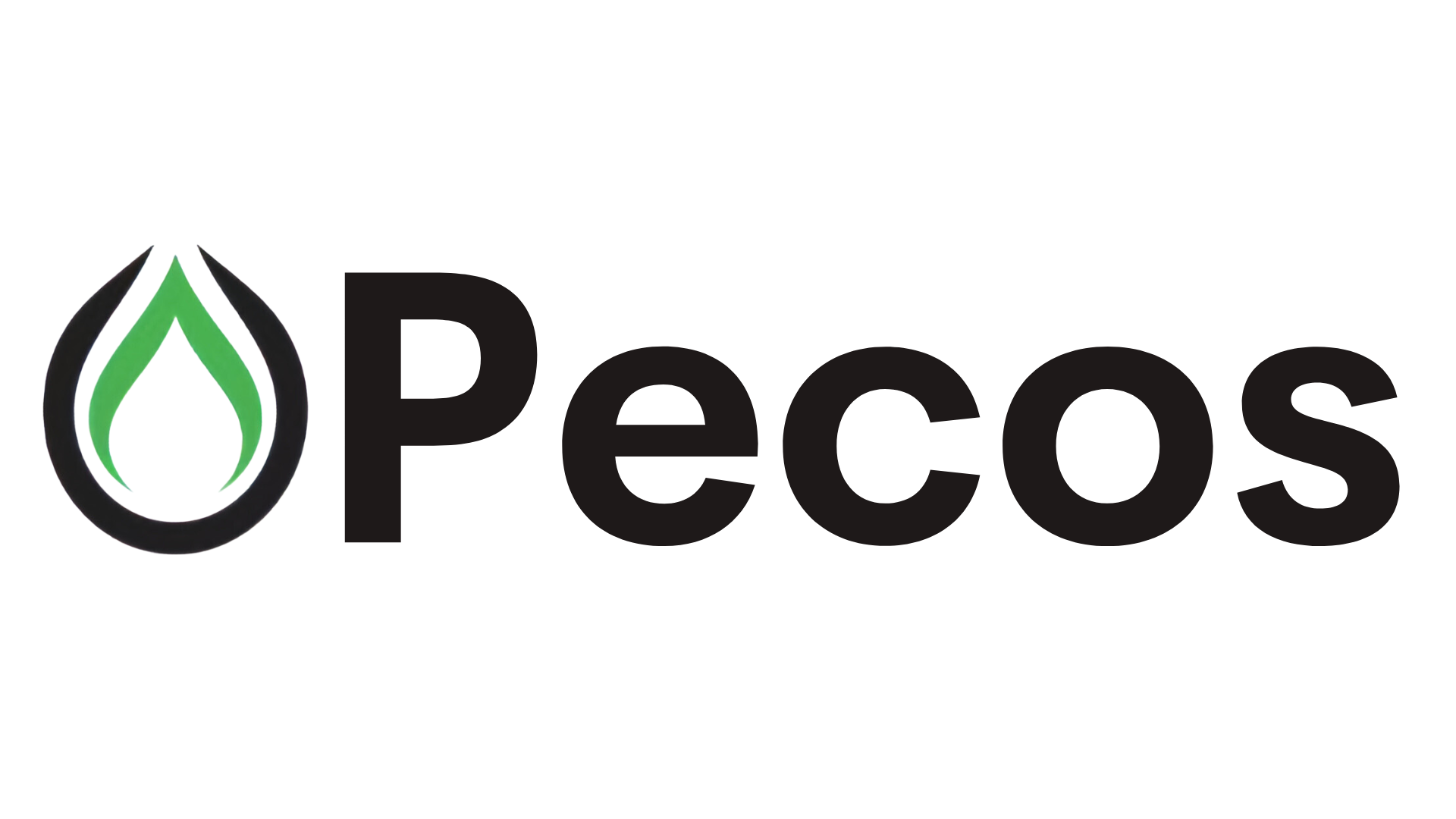Energy News Beat
Total Energy Supply (TES) Makeup
-
Oil Shale: Approximately 55–70% of TES, depending on the year and source. Oil shale, a domestic fossil fuel, remains Estonia’s primary energy source, used for electricity, heat, and shale oil production. Its share has decreased significantly, with a 50% reduction in extraction and use between 2018 and 2022, and consumption dropping 20% in 2023 to 12 million tonnes.
-
Bioenergy (Biomass): 29.8% of TES in 2020, making up 93% of the renewable energy share (32% of TES). Biomass, primarily from domestic forestry, is a key renewable source, used for heating, electricity, and district heating.
-
Other Renewables:
-
Wind: Contributed 5% of the renewable mix (1.6% of TES) in 2020.
-
Hydro and Marine: Combined for 2% of the renewable mix (0.6% of TES).
-
Solar: Minimal impact in 2020 (<1% of TES), though growing rapidly.
-
-
Natural Gas: Around 7% of TES, primarily imported. Gas consumption has halved since 2010, dropping 19% annually between 2021 and 2023 to 300 million cubic meters, due to high prices and a shift to biomass for heating. Estonia banned Russian gas imports in 2022, relying on LNG from Lithuania and Finland.
-
Other Fossil Fuels (Oil Products, Peat): Approximately 2% of TES. Peat is still used minimally, making Estonia and Finland among the last countries burning it. All oil products are imported, with gasoline and diesel consumption declining.
Electricity Generation Mix
-
Fossil Fuels (Oil Shale and Others): ~30% of electricity generation. Oil shale’s share in electricity has plummeted from 80% in 2018 to 49% in 2021 and further to ~30% by 2024, reflecting decommissioning of old plants and reduced consumption.
-
Renewables: Over 33% of electricity generation:
-
Biofuels (Biomass): ~15%. Wood-based fuels and other biofuels are the second-largest electricity source after oil shale.
-
Wind: ~13%. Wind power has grown, with 329 MW installed capacity by 2016 and a 0.4 TWh increase in 2024. Projects like the 255 MW Sopi-Tootsi wind farm (operational by 2024) and a 1.4 GW offshore wind farm (licensed in 2025) are boosting capacity.
-
Solar: ~10%. Solar production reached 2,569 GWh in 2022, supported by subsidies (€26 million in 2022). Capacity is expanding rapidly since 2014 investments.
-
Hydro: Minimal (<1%), with a small contribution from existing capacity and a planned 225 MW pumped-storage hydroelectric plant by 2026.
-
-
Net Imports: ~33%. Estonia became a net electricity importer in 2019 after a sharp drop in oil shale generation. Imports come via interconnections with Finland (Estlink 1 and 2) and Latvia, integrated into the Nord Pool Spot market.
Key Trends and Policy Context
-
Decline in Oil Shale: Oil shale, while still dominant, is being phased out rapidly. The government aims to cease oil shale electricity production by 2030 (revised from 2035/2040). This aligns with Estonia’s target of 100% renewable electricity by 2030 and climate neutrality by 2050, supported by the National Energy and Climate Plan (NECP) and a new Ministry of Climate. Between 2018–2022, oil shale use dropped 50%, and greenhouse gas emissions fell due to lower reliance on this high-emission fuel.
-
Renewable Growth: Renewables accounted for 32% of TES in 2020 and over 33% of electricity in 2024. The NECP targets 42% renewable energy in TES by 2030 (16 TWh). Biomass dominates, but wind and solar are growing, with offshore wind (e.g., 1.4 GW project) and solar subsidies driving expansion.
-
Geopolitical Shift: Estonia banned Russian gas and oil imports in 2022 due to the Ukraine invasion, sourcing LNG from Lithuania and Finland. This has reduced energy security risks but increased reliance on imports.
-
Nuclear Consideration: Estonia is exploring nuclear power, with a decision expected in 2024 on adopting small modular reactors (e.g., GE Hitachi’s BWRX-300) for 2035 deployment to diversify and decarbonize further.
-
Energy Security and Infrastructure: Estonia’s grid is interconnected with Finland, Latvia, and Lithuania, enhancing import/export capabilities. The planned pumped-storage hydro plant (2026) will support renewable integration and grid stability, especially post-disconnection from Russia’s energy system.
Challenges and Environmental Impact
-
Oil Shale Legacy: Oil shale is highly polluting, contributing ~75% of Estonia’s greenhouse gas emissions, including sulfur dioxide and nitrogen oxides. Its decline is critical for meeting emission reduction targets (55% by 2030, 95% by 2050 vs. 1990).
-
Forestry Emissions: Estonia’s forests, once a carbon sink, became a net emissions source by 2020 due to increased biomass harvesting, complicating climate goals. Robust biomass sustainability criteria are needed.
-
Economic and Social Transition: Phasing out oil shale requires a just transition in regions like Ida-Virumaa, where oil shale mining and power plants are economic mainstays. Policy recommendations include higher carbon prices, vehicle taxation, and ending fossil fuel subsidies to fund this transition.
|
Source
|
TES Share
|
Electricity Share
|
|---|---|---|
|
Oil Shale
|
55–60%
|
~30%
|
|
Biomass/Biofuels
|
~30%
|
~15%
|
|
Wind
|
~2%
|
~13%
|
|
Solar
|
<1%
|
~10%
|
|
Hydro
|
<1%
|
<1%
|
|
Natural Gas
|
~7%
|
Minimal
|
|
Other Fossil (Peat, Oil)
|
~2%
|
Minimal
|
|
Net Imports
|
N/A
|
~33%
|
Average cost comparison
|
Region/Country
|
Price (€/kWh)
|
Comparison to Estonia (€0.261/kWh)
|
|---|---|---|
|
Estonia
|
0.261
|
–
|
|
EU Average
|
0.40 (2024 est.)
|
153% of Estonia
|
|
Denmark
|
0.76
|
291% of Estonia
|
|
Germany
|
0.30 (2020)
|
115% of Estonia
|
|
Bulgaria
|
0.098 (2020)
|
38% of Estonia
|
|
USA
|
0.14
|
54% of Estonia
|
|
Iran
|
<0.01
|
<4% of Estonia
|
|
Japan
|
0.22
|
84% of Estonia
|
|
Global Average
|
0.127
|
49% of Estonia
|
|
Estonia (Business)
|
0.147
|
56% of Estonia (household)
|
Conclusion
Estonia’s electricity prices in 2025 are high compared to global markets, driven by volatile wholesale markets (€36.71–€269/MWh), high household taxes (€0.261/kWh, 180.15% of global average), and reliance on oil shale and imports. Household prices exceed the EU average (€0.40/kWh) but are below Denmark (€0.76/kWh) and the Netherlands (€0.67/kWh). Business prices (€0.147/kWh) are competitive, near global (€0.143/kWh) and below European averages. Compared to fossil fuel-rich countries (e.g., Iran, Russia: <$0.10/kWh) or renewable leaders (e.g., Sweden: <€50/MWh wholesale), Estonia’s prices are elevated, but they align with gas-reliant or import-dependent nations like Italy and Japan. Ongoing renewable expansion and grid improvements may stabilize prices, but short-term volatility remains a challenge.
Update:
The Estonian government has approved a draft bill that granted the first building permit for an offshore wind farm in the country.
The permit, valid for 50 years, was granted to Saare Wind Energy to construct a 1.4GW wind farm some 11 km off Saaremaa island. The wind farm will be built with 100 turbines, which are expected to be installed and commissioned in the early 2030s.
The government bill allows the company the right to occupy and use the seabed for the construction of the wind farm and its associated infrastructure.
Saare Wind Energy now has two years to apply for a construction permit, usually valid for five years, before building work can begin. The building permit also includes specific environmental mitigation measures that the developer must comply with.
“This is the first building permit in the history of Estonian offshore wind farms – it is an important step towards the production of clean energy,” said Jaanus Uiga, deputy secretary general for energy and mineral resources at the Estonian Ministry of Climate Change.
In addition to the Saare Wind Energy plan, the government has initiated proceedings for building permits for 11 other offshore wind farms submitted by OÜ Utilitas Wind, Five Wind Energy OÜ, Tuuletraal OÜ, UAB Ignitis renewables projektai 6, Liivi Offshore OÜ, the Environmental Investment Centre Foundation, and Tuul Energy OÜ.
The post Estonia awards first building permit for an offshore wind farm – how does the price compair to the other markets? appeared first on Energy News Beat.









